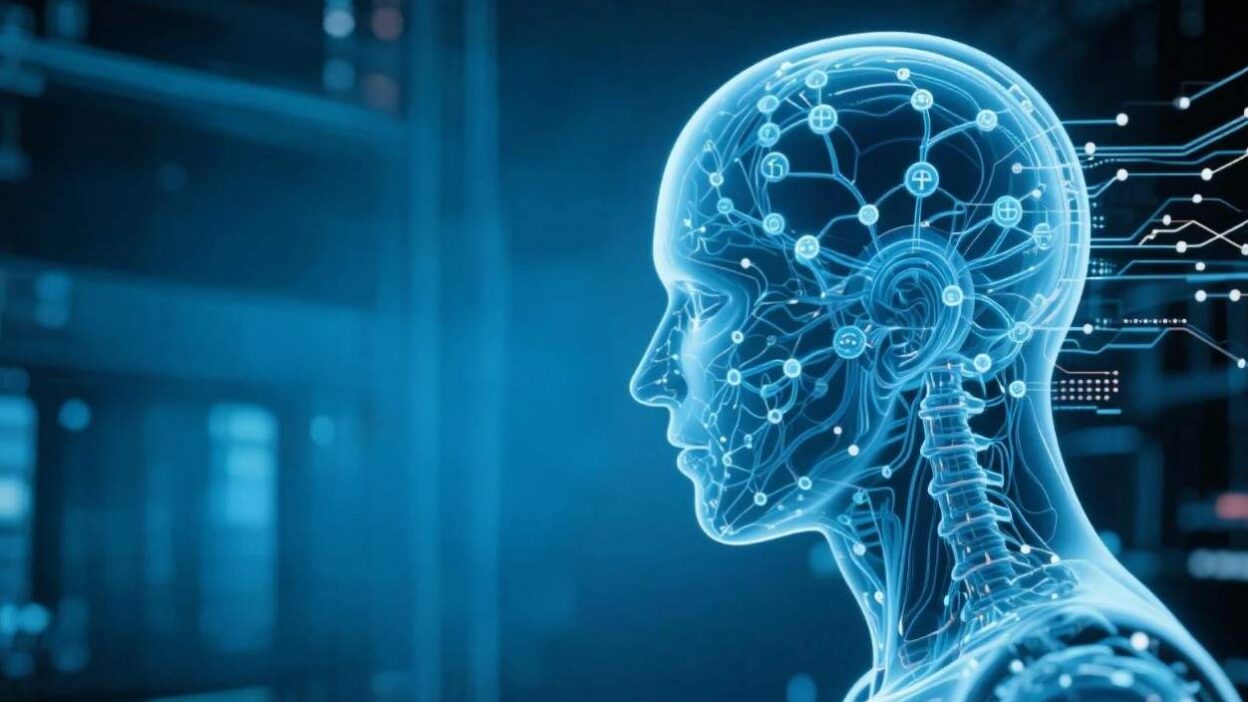The Imperative for Self-Healing in an Age of Relentless Cyber Threats
Cyberattacks are no longer a matter of if but when. From ransomware crippling hospitals to state-sponsored hackers breaching critical infrastructure, the frequency and sophistication of threats are escalating. Traditional cybersecurity systems—reliant on static rules, signature-based detection, and manual intervention—are struggling to keep pace. Attackers evolve their tactics daily, rendering yesterday’s defenses obsolete tomorrow.
Enter self-healing cybersecurity systems: a revolutionary approach where systems autonomously detect, neutralize, and recover from cyberattacks without human intervention. At the heart of this innovation lies neural networks—machine learning models inspired by the human brain—that enable systems to learn, adapt, and heal in real time. This article explores how neural networks are redefining cybersecurity, the mechanics of self-healing, and the challenges and opportunities this paradigm presents.
What Are Self-Healing Cybersecurity Systems?
Self-healing cybersecurity systems are closed-loop architectures designed to maintain operational integrity despite cyberattacks. Unlike traditional systems, which rely on predefined rules or human analysts to respond to threats, these systems:
- Detect: Continuously monitor network traffic, user behavior, and system logs for anomalies.
- Analyze: Classify threats (e.g., malware, phishing, DDoS) using pattern recognition.
- Respond: Deploy countermeasures (e.g., blocking malicious IPs, isolating compromised endpoints).
- Recover: Heal by patching vulnerabilities, restoring systems, and updating defenses to prevent recurrence.
The “self-healing” moniker reflects their ability to learn from each incident, improving their resilience over time. Neural networks are the engine driving this adaptability, as they excel at processing vast datasets, identifying hidden patterns, and making autonomous decisions.
Neural Networks: The Brains Behind Self-Healing
Neural networks (NNs) are computational models composed of interconnected “neurons” that mimic the human brain’s ability to learn. In cybersecurity, they are trained on massive datasets of normal and malicious activity, enabling them to:
- Recognize Anomalies: Detect deviations from baseline behavior (e.g., a user accessing sensitive files at 3 AM).
- Classify Threats: Identify attack types (e.g., ransomware vs. spyware) by matching patterns to known attack signatures or novel behaviors.
- Predict Risks: Forecast potential threats by extrapolating from historical data (e.g., “A similar exploit was used in 2022; prepare for a surge”).
Key advantages of neural networks in this context include:
- Adaptability: They evolve with new threats, unlike static rule-based systems.
- Speed: Real-time analysis of terabytes of data, far faster than human analysts.
- Precision: Reduced false positives/negatives through nuanced pattern recognition.
Mechanisms of Self-Healing with Neural Networks
Self-healing cybersecurity systems leverage neural networks in a four-stage workflow:
1. Threat Detection: The “Eyes” of the System
Neural networks monitor network traffic, endpoint activity, and user behavior in real time. For example:
- Unsupervised Learning: Models like autoencoders learn to reconstruct “normal” network traffic. Deviations (e.g., unusual data volumes) trigger alerts.
- Supervised Learning: Models trained on labeled attack datasets (e.g., “this packet sequence is ransomware”) flag known threats.
2. Threat Analysis: The “Brain” Deciphers the Attack
Once a threat is detected, the neural network classifies it using:
- Feature Extraction: Identifying key attributes (e.g., malware’s file hash, phishing email’s language patterns).
- Clustering: Grouping similar attacks to uncover new attack vectors (e.g., “Cluster X exhibits lateral movement; likely a new APT group”).
3. Response Generation: The “Hands” Neutralize the Threat
Based on the analysis, the system deploys automated countermeasures:
- Blocking: Isolating compromised devices or blocking malicious IPs.
- Patching: Deploying software updates to fix vulnerabilities (e.g., a neural network predicts a buffer overflow flaw and triggers a patch).
- Deception: Deploying honeypots (fake systems) to mislead attackers, buying time for human responders.
4. Recovery and Learning: The “Immune System” Strengthens
After neutralizing the threat, the neural network updates its models to prevent recurrence:
- Feedback Loops: Incorporating data from the incident to refine anomaly detection.
- Knowledge Sharing: Distributing insights across the network (e.g., “All endpoints now know to block this ransomware variant”).
Benefits of Neural Network-Driven Self-Healing
- 24/7 Vigilance: No reliance on human analysts, ensuring constant protection.
- Faster Response: Neural networks process threats in milliseconds, minimizing damage.
- Cost Efficiency: Reduces reliance on large security teams for routine tasks.
- Scalability: Adapts to growing networks (e.g., IoT devices, cloud infrastructure) without proportional increases in resources.
Challenges and Ethical Considerations
While transformative, self-healing systems face hurdles:
1. Adversarial Attacks on Neural Networks
Attackers can “poison” training data (e.g., injecting fake normal traffic to hide malicious activity) or exploit model vulnerabilities (e.g., adversarial examples that fool classifiers). In 2023, researchers demonstrated how a neural network-based IDS could be tricked into ignoring ransomware by subtle data manipulation.
2. Data Privacy and Bias
Training neural networks requires vast datasets, raising concerns about user privacy. Additionally, models trained on biased data (e.g., overrepresenting certain attack types) may misclassify novel threats.
3. Complexity and Transparency
Neural networks are often “black boxes,” making it hard to explain why a system flagged a threat or chose a response. This lack of transparency can hinder trust and regulatory compliance (e.g., GDPR’s “right to explanation”).
4. Over-Reliance on Automation
Fully autonomous systems risk missing nuance—e.g., a false positive that shuts down critical healthcare systems. Balancing automation with human oversight remains critical.
Case Studies: Neural Networks in Action
- Darktrace: A leader in AI-driven cybersecurity, Darktrace uses unsupervised neural networks to detect zero-day attacks by modeling “normal” network behavior. In 2022, it neutralized a ransomware attack on a UK hospital 12 minutes faster than human analysts.
- Cisco Talos: Integrates neural networks into its intrusion prevention systems (IPS) to classify malware variants in real time, reducing false positives by 40% compared to traditional signature-based tools.
- MIT’s AI2: A research project combining neural networks with human analysts to predict 85% of cyberattacks, demonstrating the synergy between automation and human expertise.
The Future: Next-Gen Self-Healing Systems
Emerging technologies are poised to enhance neural network-driven cybersecurity:
- Federated Learning: Trains models on decentralized data (e.g., across organizations) without sharing sensitive information, improving privacy.
- Graph Neural Networks (GNNs): Model network relationships (e.g., user-device interactions) to detect complex attack chains.
- Quantum Machine Learning: Faster processing of encrypted data, enabling real-time analysis of quantum-safe communications.
Regulatory frameworks (e.g., NIST’s AI Risk Management Framework) are also evolving to ensure transparency, fairness, and accountability in self-healing systems.
A New Era of Autonomous Cyber Resilience
Self-healing cybersecurity systems, powered by neural networks, represent a paradigm shift in digital defense. By combining the brain’s adaptability with machine learning’s speed, they offer a proactive, scalable solution to an increasingly hostile threat landscape.
Yet, their success depends on addressing challenges like adversarial attacks, bias, and transparency. As we move forward, collaboration between technologists, policymakers, and ethicists will be key to ensuring these systems enhance security without compromising trust.
In the words of cybersecurity expert Bruce Schneier, “Security is a process, not a product.” With neural networks, that process is becoming faster, smarter, and more resilient—one self-healing system at a time.



